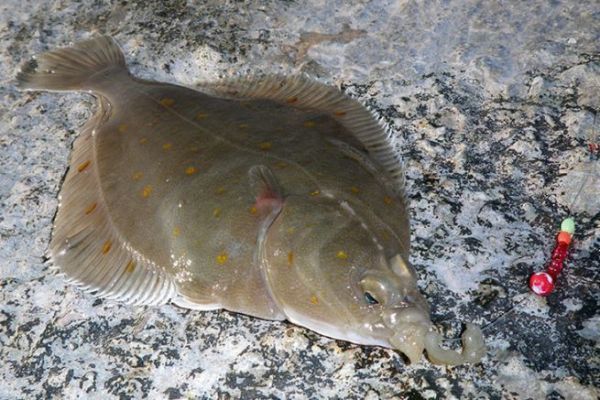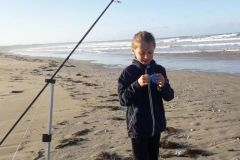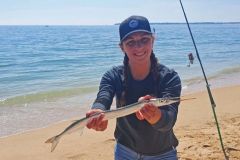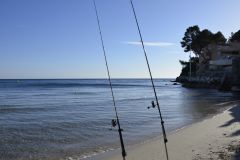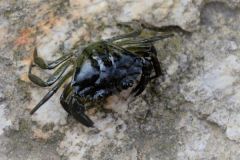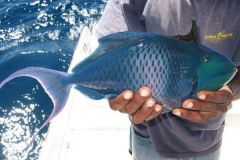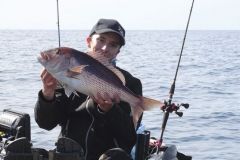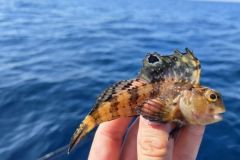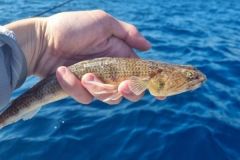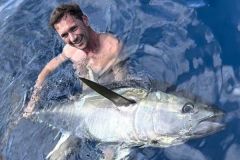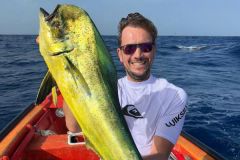Common and scientific names
Plaice or plaice
Pleuronectes platessa (Linné, 1758)
Morphology
Plaice are flatfish resembling flounder, with an almost round oval shape. Their body is covered with small scales, but remains smooth to the touch. In almost all cases, the flounder's eyes are on the right side.
Between the eyes and the pectoral fin is a ridge of bony growths. The back of the plaice is brown, varying from light to dark, with prominent orange or red spots. The belly (underside) is white.
Flounder fishing grounds
Plaice can be found on the sandy, muddy and sometimes gravelly bottoms of harbors and estuaries, right up to the limit of brackish waters. They can be found in the North Sea, English Channel, Atlantic and, more rarely, the Mediterranean.
Flounder fishing techniques
Worms are a favorite bait for plaice. To boost the visual attractiveness of the bait, a phosphorescent pearl can be used, as luminescence is useful near bottoms loaded with suspended sediment. A red or orange pearl can also be added to seduce plaice, the familiar colors of this species, which sprinkles them on its back.
The plaice cause a tiny touch and then settle on the bottom. It's not uncommon to discover such a catch when reeling in the rod for a bait change, especially with heavy tackle and sinkers weighing over 150 grams.
Plaice are a voracious fish, and one of the most frequent catches you can make when surfcasting or landing, especially in the northern part of France. I've caught a large plaice on a whole mackerel flank or on large soft crabs for sea bass, proof of its voracity and opportunism.
Reproduction
Plaice breed between December and April, depending on water temperature and geographical area. They lay up to 500,000 eggs at depths of 20 to 40 meters.

Above, a juvenile plaice measuring around 5 cm caught in a shrimp net and released back into the water after the photo.
Size and weight
- Legal minimum size: 27 cm
- Size at sexual maturity: 35 cm
- Average size: 25 to 45 cm
- Maximum size: 0.95 m (7 kg)
- French record: 2.805 kg (Belleville-sur-Mer, December 4, 2011)
Good to know
Carrelet and flounder often share the same areas. Their favorite baits are areola. Plaice produce a tiny touch and then settle on the bottom.

 /
/ 